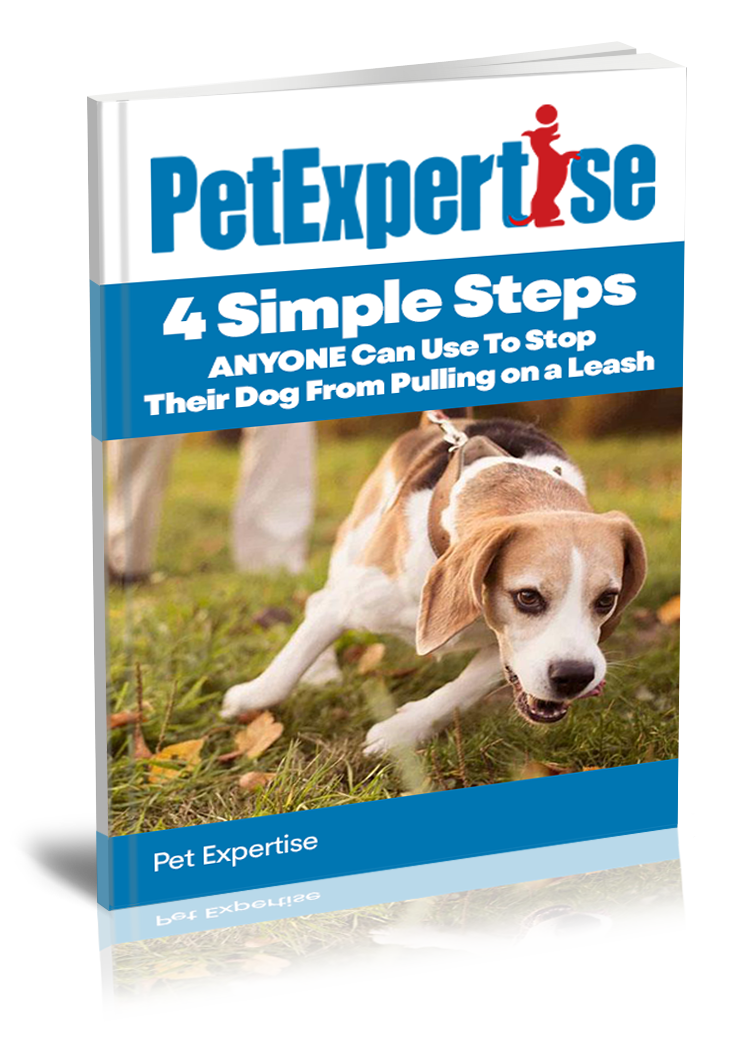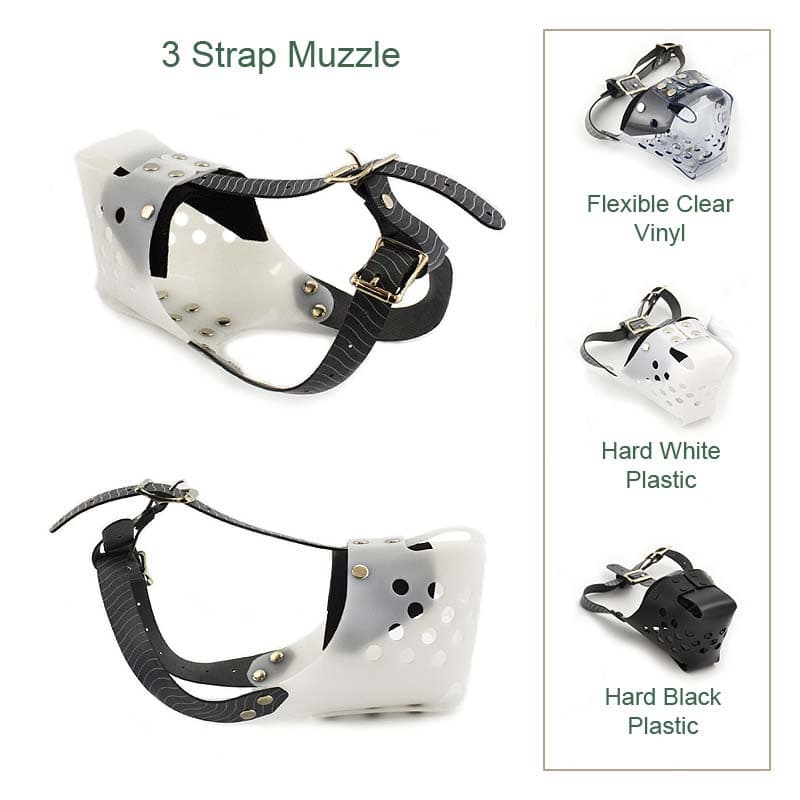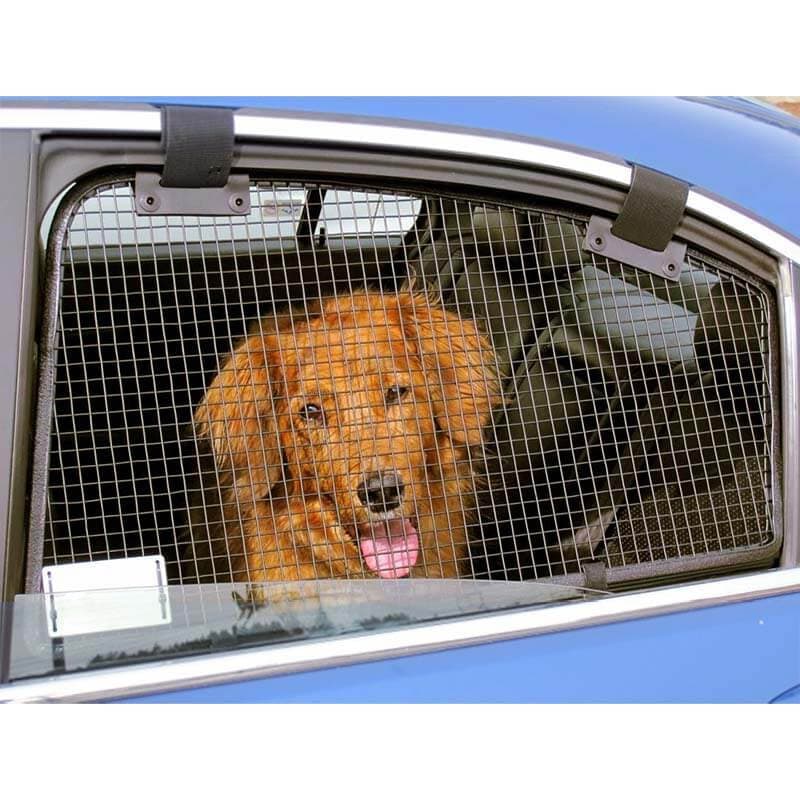Navigating Outdoor Bliss: Understanding and Managing Puppy Chewing Sticks Outside


Bringing a new puppy into your home marks the beginning of a delightful journey filled with tail wags and playful energy. As your furry companion explores the great outdoors, you might notice a common behavior: puppy chewing sticks outside.
In this blog post, we'll delve into the reasons behind this adorable yet potentially risky habit. We'll explore the associated dangers and, most importantly, provide actionable tips to redirect and manage your puppy's stick-chewing enthusiasm for a safer and more enjoyable outdoor experience.
Understanding the Urge:
Puppies are naturally inquisitive, and chewing is an integral part of their exploration and development. Chewing on sticks offers sensory stimulation, aids in teething relief, and serves as an engaging activity. However, not all sticks are safe, and understanding the nuances of this behavior is crucial.
The Risks of Stick Chewing:
Despite its innocent appearance, stick chewing poses several risks to your puppy's health. Concerns include splinters, potential toxins in certain types of wood, and the risk of choking. Sharp splinters can cause injuries to the mouth, throat, or digestive tract, while toxins in some wood varieties may lead to ingestion-related health issues.
Tips for Redirecting the Behavior:
Provide Safe Alternatives:
To channel your puppy's natural instincts into a safer direction, offer sturdy and non-toxic chew toys designed specifically for puppies. These toys not only fulfill their chewing needs but also aid in soothing teething discomfort.
Supervise Outdoor Play:
Keep a watchful eye on your puppy during outdoor explorations. If you observe them reaching for sticks, gently redirect their attention to an approved toy. Positive reinforcement through treats and praise reinforces the desired behavior.
Training and Commands:
Incorporate basic obedience training into your routine, teaching commands like "leave it" or "drop it." These commands prove invaluable in managing situations where your puppy fixates on a stick. Consistent positive reinforcement strengthens the effectiveness of these commands.
Fence Off Hazardous Areas:
Create a secure and fenced-off play area within your yard to limit your puppy's access to potential hazards, including harmful sticks. This provides a controlled environment for safe outdoor play.
Exploring Safer Alternatives in Detail:
While sticks may pose risks, it's essential to understand that the urge to chew is a fundamental part of puppyhood. Safe alternatives not only redirect this behavior but also contribute to your puppy's overall well-being.
Chew Toy Options:
Investing in a variety of chew toys with different textures can keep your puppy engaged and satisfied. Look for toys specifically designed for teething puppies, as they often provide the right amount of resistance and relief.
Interactive Toys:
Engage your puppy's mind and body with interactive toys that dispense treats. These toys not only offer a mental challenge but also provide a tasty reward, reinforcing positive behavior.
Frozen Treats:
Create frozen treats by filling chew toys with a mixture of wet dog food or peanut butter and freezing them. The cold temperature soothes teething discomfort, making these treats both enjoyable and beneficial.
Summing Up
Observing your puppy's joyous exploration of the outdoors is a heartwarming experience, but it's essential to strike a balance between their natural instincts and safety. By comprehending the reasons behind puppy chewing sticks outside, recognizing potential risks, and redirecting their enthusiasm toward secure alternatives, you can ensure a healthy and enjoyable outdoor experience for both you and your furry friend. Incorporating safer alternatives not only mitigates risks but also enhances your puppy's overall well-being, fostering a harmonious bond between you and your playful companion.
- Choosing a selection results in a full page refresh.
- Press the space key then arrow keys to make a selection.



